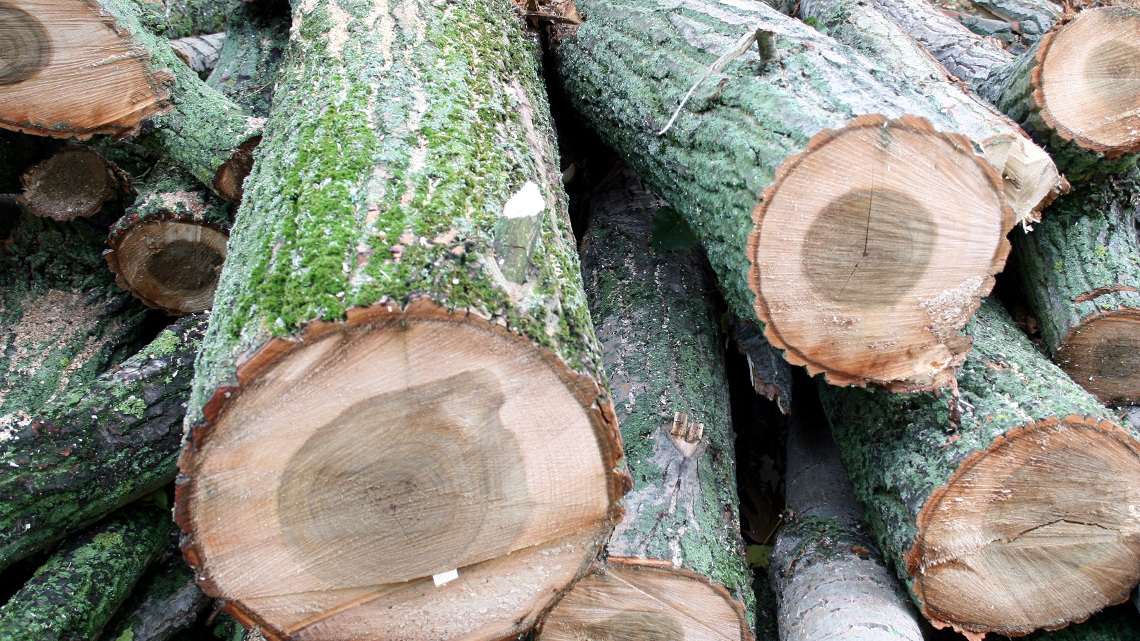Making fiberboard from hardwood
In addition to softwoods, low-value hardwoods are also suitable for the production of fiberboard. This has been demonstrated by Fraunhofer researchers.

Wood is a diverse raw material. It is used as a building material and fuel, for furniture construction, but also for the production of biofuel and sustainable chemicals. But climate change is putting forests under increasing pressure as a source of raw materials. Coniferous woods such as spruce in particular have suffered from drought and heat in recent years, which has severely decimated the tree population in some regions of Germany. Such supply bottlenecks are a concern for the wood processing industry.
Researchers at the Fraunhofer Institute for Wood Research, the Wilhelm-Klauditz-Institut (WKI), have a solution at hand. They found that low-value hardwood species can also be used for the production of wood-based materials. "Low-value hardwoods will be securely available in the future. Furthermore, the utilization as a basis for wood-based materials is more sustainable than the use as a heating medium," explains project manager Dirk Berthold.
Use of hardwood as a material for fiberboard possible
In order to make the forest more resilient, more hardwood trees than conifers have been cultivated for some time. Hardwoods such as beech have so far been considered low-grade and have therefore been used mainly for thermal purposes. Fraunhofer researchers are now for the first time presenting a material use for fiberboard. They show that medium- and high-density wood fiberboard (MDF and HDF) can be produced not only from softwoods, but also from hardwoods.
High fiber quality even with hardwoods
Numerous pulping experiments have been carried out to fractionate the fibers using various methods and to assess their quality. Fibres from beech, ash and birch were then mixed with spruce fibers and processed into MDF and HDF boards. The WKI researchers found that softwood can be substituted by hardwood up to 50 percent. "We were able to show that even commercially available grinding-disc sets achieve good results in terms of fiber yield and size distribution. The fiber qualities correspond to those of pure coniferous wood fibers and are suitable for the production of MDF and HDF boards," summarizes Berthold.
Use in the wood industry easily possible
Tests have shown that the new fiberboard meets both the quality requirements for mechanical and hygric properties - the reaction to moisture. The researchers are therefore convinced that the use of low-value hardwoods in the wood processing industry for the production of MDF and HDF boards is possible "without major development steps". "Adjustments in production are only necessary in preliminary sorting at the woodyard and in an adaptation of the applied additives," says Berthold.
Balancing supply bottlenecks for softwoods
The process for the production of fiberboard from hardwood was realized as part of the GerLau project in cooperation with the Georg-August-Universität Göttingen and the Nordwestdeutsche Forstlichen Versuchsanstalt and supported by the Federal Ministry of Agriculture. This opens up new possibilities for the wood processing industry to react to future supply bottlenecks for softwood.
bb/um


